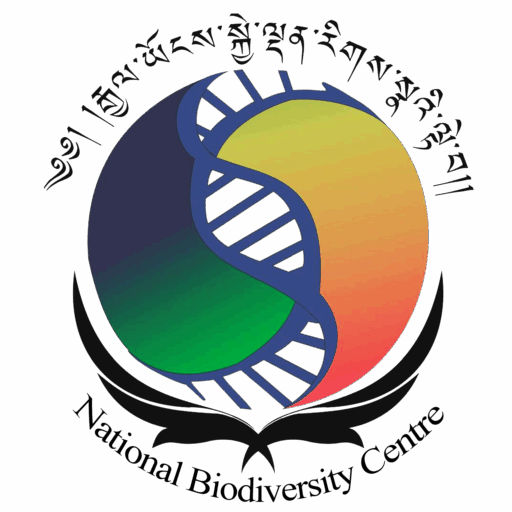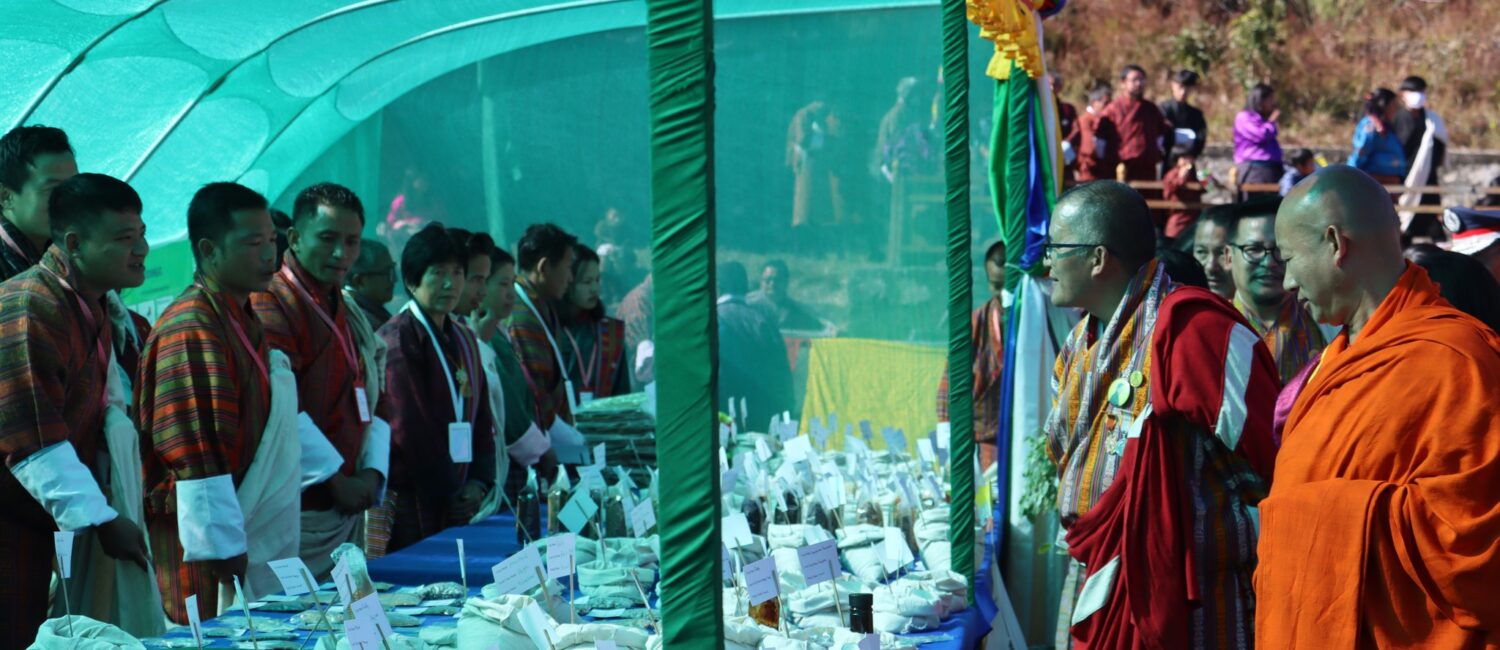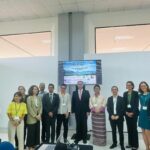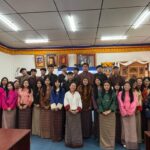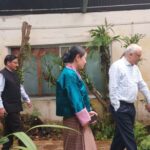Biodiversity is our natural heritage, is the cornerstone of natural beauty and is crucial for providing essential services like food, water, and climate regulation, supporting human health, and maintaining ecosystem stability.
Bhutan is globally recognized for its pristine environment and rich biodiversity. This is because, Their Majesty’s vision has led to Bhutan being a global leader in environmental and biodiversity conservation, balancing economic growth with the preservation of natural resources.
There are many components of biodiversity. One is the Agro-biodiversity or Agricultural biodiversity. Bhutan’s agricultural landscape is marked by remarkable native or traditional crop diversity. This agrobiodiversity is important for the country’s seed security, food security, ecotourism, economy, health, climate change, religious and cultural practices, and agricultural sovereignty of the country.
But there are many threats to rich agrobiodiversity and we see the disappearance of many native crop varieties. Similar to the preservation and promotion of our tradition and culture, it is also our collective responsibility to preserve and promote our native and traditional crops and crop varieties.
Therefore, the National Biodiversity Centre under the MoAL is putting in concerted efforts towards the conservation of the rich agrobiodiversity for sustainable utilization. One such initiative is the Biodiversity Fairs.

This is the 10th Biodiversity Fair that has been organized jointly by the Tsirang Dzongkhag Administration and the National Biodiversity Centre coinciding with the auspicious day-the 117th National Day of Bhutan.
The farmers’ representatives from Tsirang Dzongkhag and neighboring Dzongkhags like Dagana, Wangdi, Punakha, Trongsa, Chukha, and also Community Seed Bank in Bumthang and Samdrupjongkhar displayed a wide array of crop diversity that are being cultivated by our farmers.

The objectives of the 10th Biodiversity Fair were:
1. To offer our gratitude to their Majesties for farsighted leadership on the environment and biodiversity balancing the environment and economic development
2. To celebrate the 117th National Day
3. To showcase the rich and vibrant agro biodiversity that is being cultivated, conserved, and sustainably used by our farmers
4. To celebrate biodiversity and agro-biodiversity
5. To acknowledge and recognize our farmers for their efforts to conserve diversity for sustainable utilization
6. To promote seed and traditional knowledge exchange
7. To collect germplasm samples of native crop diversity for long-term conservation in the National Plant Genebank for current and future generation
8. To promote awareness of the importance of agro-biodiversity.
The exhibition of agro-biodiversity served as a platform for creating awareness of the importance of agrobiodiversity and the transfer of knowledge amongst different farming communities and school children and the need to conserve, maintain, sustainably use and transfer this rich agro-biodiversity and associated knowledge from generation to generation.
Evaluation of agro-biodiversity was done by the National Biodiversity Centre and Agriculture Research Development Centres using two criteria: 1. Species and varietal diversity and 2. Unique or rare crop/crop varieties.
In terms of species and varietal diversity, Mr. Amir Rai from Dunglagang Gewog stood first and Mr. Sharman Nanda Guragai, Rangthaling Gewog stood second and Ms. Minu Ghishing, Mendelgang and Ms. Lhamo, from Patshaling Gewogs stood the third.
In terms of maintenance and display of unique or rare crops/varieties, Mr. Tek Bahadur Saru from Semjong Gewog and Mr. Tshering Dorji from Bomdeling Gewog exhibited rare and unique crop varieties.
Prices were awarded to the winners with the highest diversity and unique diversity by the Dasho Dzongda.

Further, all the participating farmers were also provided with farm tools like spades to reward and recognize the efforts of our farmers – the custodians of our rich native crop diversity in conserving and maintaining the precious agro-biodiversity diversity for sustainable utilization both for present and future generations.
The 10th Biodiversity Fair was funded by the International Treaty on Plant Genetic Resources for Food and Agriculture.
Ministry of Agriculture and Livestock, Royal Government of Bhutan
